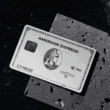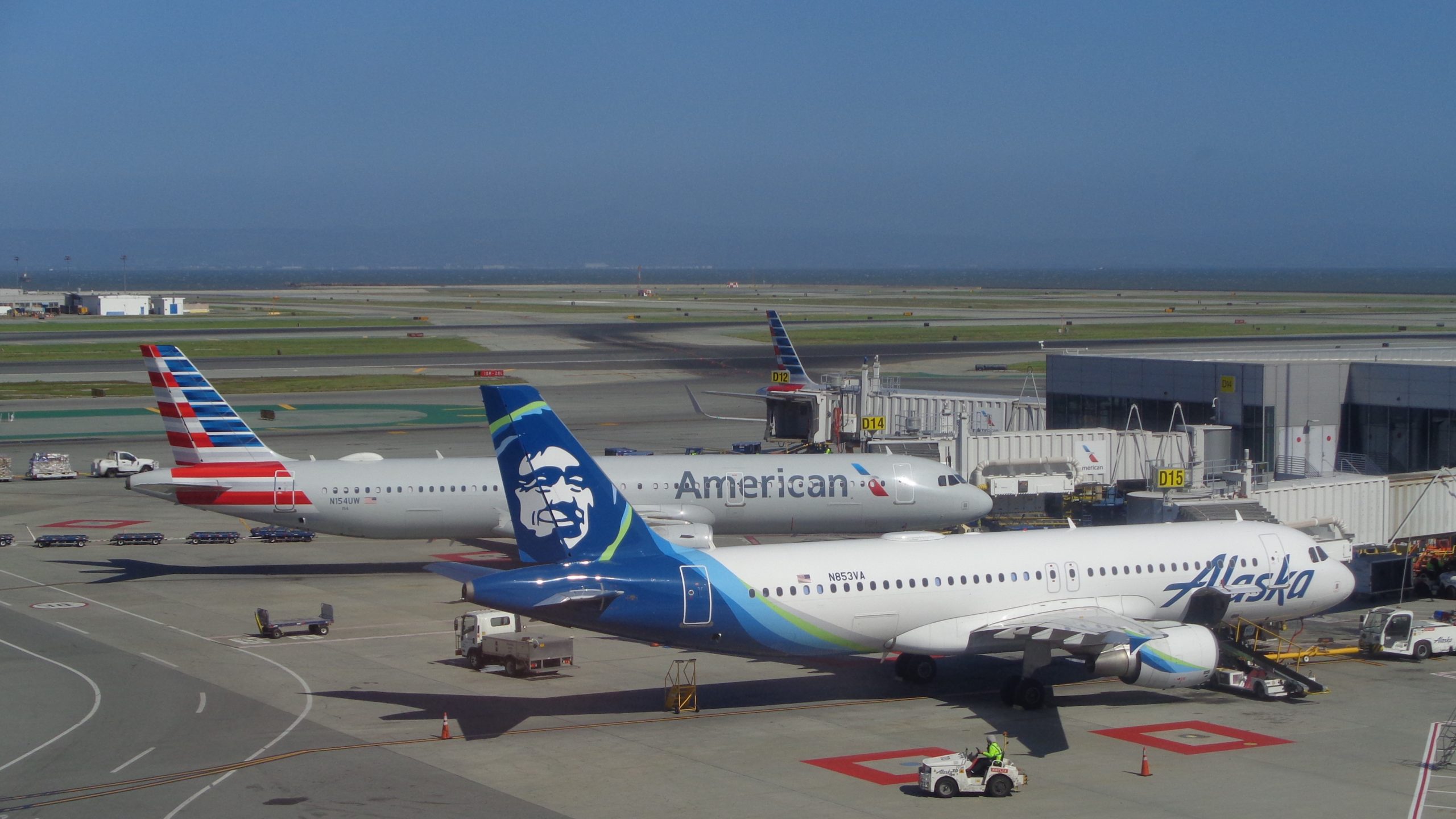Ever since the Chase Sapphire Reserve was launched, it has been one of the best premium credit card products on the market. With a stratospheric 100,000 sign-up bonus during its launch period (which I’m bummed I missed), a hefty travel credit, and good earning and redemption rates on travel, it has held a solid place in my wallet. Earning points with other Chase cards and redeeming them for 1.5 cents per point through the Chase travel portal has been one of my favorite ways to use Ultimate Rewards.
But this past year I finally realize it might be time to part ways with my Chase Sapphire Reserve. Here’s why:
Reduced Need for Priority Pass
The Chase Sapphire Reserve provides a complimentary Priority Pass membership for primary cardholder and any authorized users. This membership allows the cardholder plus up to two guests (unless limited otherwise by the lounge itself) to receive complimentary access to lounges within the Priority Pass network. I’ve enjoyed using this membership during our travels over the past couple years.
However, I have a second premium card that I plan on keeping that also offer Priority Pass: the Hilton Aspire American Express card. I plan on keeping this one, which makes the Priority Pass membership from the Chase Sapphire Reserve less critical. The one downside to keeping an American Express card with Priority Pass is that we won’t have access to restaurants within the network, including the two at San Francisco International Airport. But I can live without this. My most recent usage was at LAX at P.F. Chang’s.
Two Credits, One Fee
As I upgraded my former Chase Sapphire Preferred card to the Sapphire Reserve, I ended up with an offset cycle for the annual travel credit and the annual fee. My annual fee hit in August each year, while the travel credit reset in February. This has effectively let me redeem two travel credits over the past couple years, while just paying one fee. Canceling the card this month will let me save $450 while getting $600 in credit.
I’m not sure if it always works like this, but this is an interesting artifact of upgrading to the Sapphire Reserve rather than applying outright. The other side of the card is that upgrading doesn’t give you a sign-up bonus. But since Chase 5/24 would have made a new card approval impossible, upgrading was the only option I had.
Transfers Will Happen Once Again
You might be thinking, “what about points transfers?” And that is a fair point. By downgrading to a Chase Freedom card instead of a Sapphire Preferred, I will not be able to transfer my Ultimate Rewards points to airline or hotel partners. But I can live without this, as I plan to apply for the Ink Preferred business card once I drop below 5/24 this winter. I can live without transfers for 4-5 months. We’ll just keep accruing points.
On the very slight chance Chase does not approve me for the Ink Preferred once I am under 5/24, I could always upgrade my other Freedom card to the Chase Sapphire Preferred. I’m mainly looking to hold two Freedom cards to be able to maximize the quarterly bonuses, but I would gladly ditch one to be able to transfer points. Travel plans are also locked in for the foreseeable future, so I am not expecting to need to do this.
What About Ancillary Benefits?
Another consideration is the protections offered by the Sapphire Reserve. I have other cards that offer travel protections for trip delay and cancellation, and also for lost luggage. I’m content enough with a couple other card options.
What will be a bummer to lose is the primary collision damage protection offered by the Sapphire Reserve. I rent cars fairly regularly. Keeping the card just for this benefit has certainly been a consideration. I need to go through my other cards to see if I have protection with another product. Eventually, I plan to pick up a United MileagePlus Explorer card again, which offers this benefit.
Conclusion
On the one hand it sad to be dropping my favorite premium card, but with $450 on the table, I just can’t justify keeping it this year. We’ll see if I ever pick it up again, or upgrade another card to it again in the future. It’s been a fun ride, Chase Sapphire Reserve!
Chase Bank image courtesy of Jim the Phtotographer via Flickr under CC-BY-2.0 license.














“My annual fee hit in August each year, while the travel credit reset in February.”
How did this happen? Can you explain?
I guess you applied for CSP in February but upgraded to CSR in August?
My guess is that it is due to the fact I upgraded the older card to the CSR. I upgraded in February. I don’t know the original application date for the other card as it was multiple things (CSR & Freedom, I think) at different times.
I expected to be charged the fee immediately, but that wasn’t the case. It may not be that this is how it was supposed to work, but it did in my case. The window for the annual credit was mismatched to the annual fee cycle.
My problem with CSR is the $75 authorized user fee effectively making this $225 for the wife and me, and I also don’t need priority pass, so downgrading to CSP to keep airline transfers
Yeah, I can see that. Then it isn’t a $50/year difference, it is a $125/year difference. If your spending and redemption bonuses aren’t worth that, then I’d drop it.
What other cards are you using for trip delay and cancellation? I’ve found this benefit extremely useful.
Currently the Hyatt Visa. I think the CSR is better (Hyatt requires 12 hour delay, or overnight), but it’s still not bad.
But it’s not a $450 annual fee; it’s only $150 (effectively, given the $300 travel credit).
True. But that comes out to an annual cost of $150. Current, with two $300 travel credits on one annual fee, I am $150 in the black.
You get two $300 travel credits only once during the entire time you have your card. You do not get $600 credits each year you have the card. Basic math.
The ink preferred has the same benefits except for 3x at restaurants. If you have another card that earns the same or better multiplier at restaurants, the preferred is $55 cheaper and you get cell phone protection with 3x earning. The double travel credit when upgrading happened to me as well, so you are $150 ahead after 2 years. But the opportunity cost of forgoing 5x for a year with a Freedom is at least $150.
I do have others that have decent earning at restaurants. Hilton Aspire will probably be the standard, with a 5x card as a backup in a given quarter.
I agree with this if you have CIP + Citi Prestige or Amex Gold. However, if you don’t, there is a simple way to find where the breakeven point is for the CSR over CSP.
Usually, it’s travel/dining expenses over $55/(0.01/0.0125/0.015) = $5500/$4400/$3666.67. I prefer the last number, because if you have the CSR, your points are always worth at least 1.5 cpp. This calculation is basically based on the extra 1 pt/$ you get on travel/dining. This doesn’t factor in any of the other benefits like Priority Pass. It also assumes you will spend at least $300 on travel to max out the credit.
Basically, for the writer of the article, it can easily make sense if you’re spending above the appropriate threshold.
The card has made sense, and I would probably keep it, except for being $150 in the black and looking to pick up a new product soon. I won’t be surprised if I decide to upgrade my other Freedom card to a CSR next year.